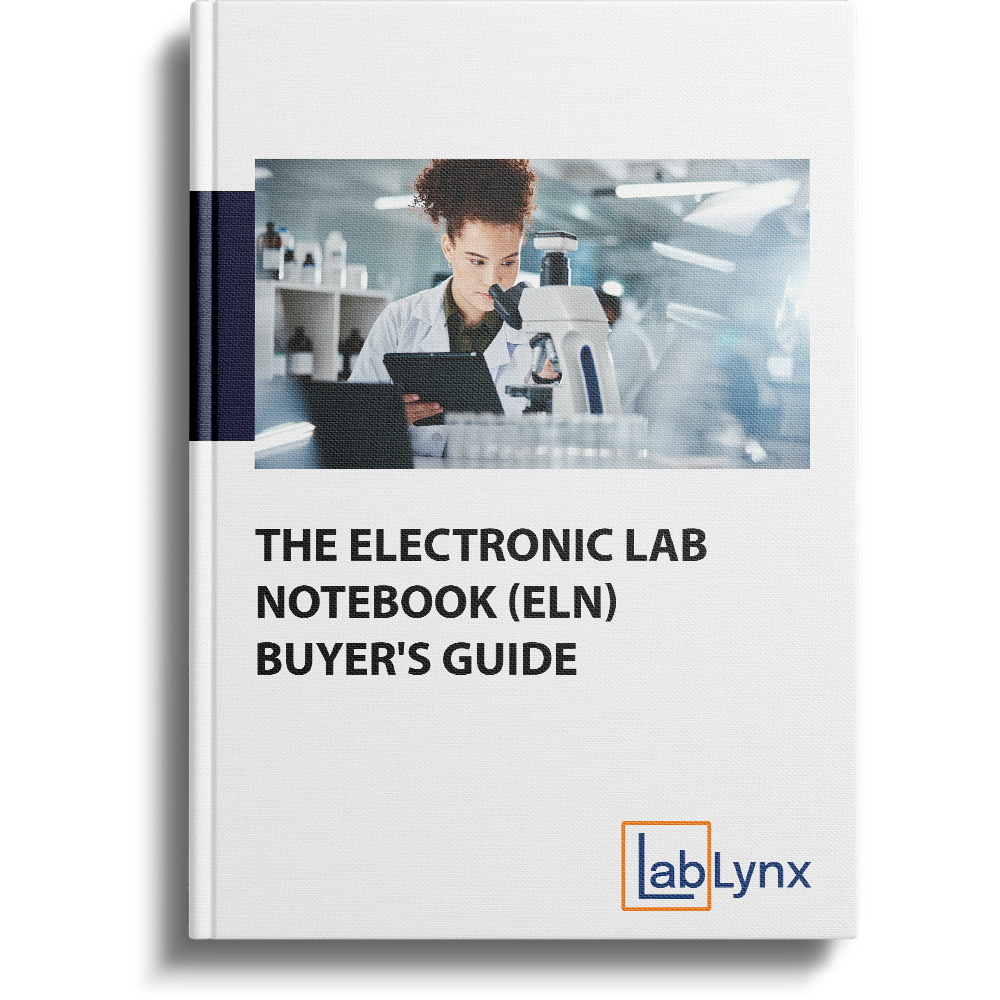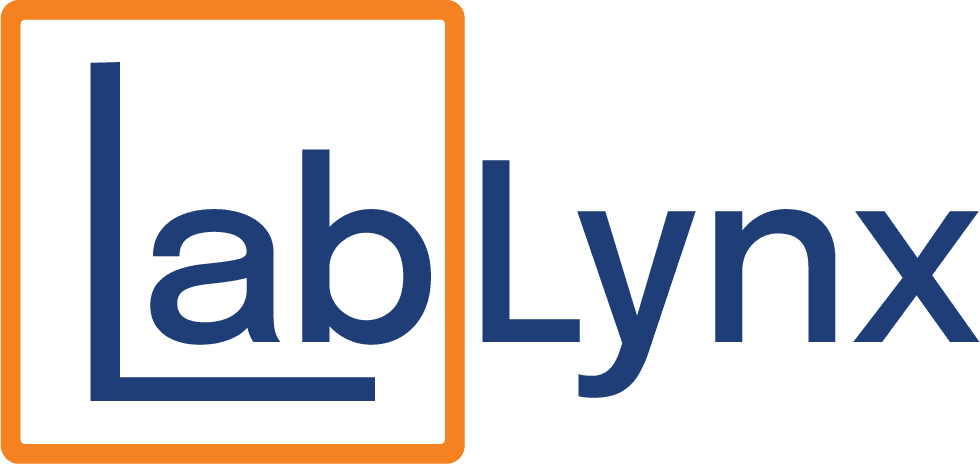Download Book For Free!
Resource Download
"*" indicates required fields

Choosing the right Electronic Lab Notebook (ELN) is a pivotal decision for any lab looking to modernize operations, improve data integrity, and scale efficiently. Whether you’re part of an academic institution, a commercial testing lab, a life science research team, or a manufacturing R&D group, the ELN you select will directly impact your workflows, collaboration, and compliance for years to come.
But with so many ELN platforms available—each offering different features, pricing models, and integrations—it’s easy to feel overwhelmed. The right ELN should fit your current needs while also supporting future growth and evolving regulatory requirements. That’s where a well-informed buying process makes all the difference.
The ELN Buyer’s Guide is built to help you navigate your options, prioritize your needs, and confidently select the solution that’s right for your lab. From defining what an ELN actually is to evaluating must-have features and implementation strategies, this guide equips you with the knowledge to make a smart, scalable investment.
What Is an Electronic Lab Notebook (ELN)?
At its core, an ELN is a secure, digital platform for recording, organizing, and managing experimental data. It replaces traditional paper notebooks with searchable, centralized entries that can include text, images, tables, attachments, and links to lab instruments or LIMS systems. ELNs also offer collaboration tools, version control, and audit trails to support compliance and reproducibility.
Unlike spreadsheets or generic note-taking tools, ELNs are purpose-built for scientific environments. They provide structure while offering the flexibility to support multiple workflows across research, quality assurance, testing, and production teams.
Key Features to Look For in an ELN
Not all ELNs offer the same capabilities. Choosing the right one starts with identifying the features that best support your lab’s unique workflows and regulatory requirements. Here are some of the most important features to consider:
- Customizable Templates: Pre-built forms and experiment structures help standardize documentation.
- User Roles and Permissions: Control access and editing rights based on team roles and responsibilities.
- Version Control & Audit Trails: Maintain data integrity with detailed logs of every change.
- Searchable Archives: Quickly locate past experiments using tags, filters, and metadata.
- Multimedia and Data Support: Attach images, raw data files, charts, or instrument outputs directly to entries.
- Collaboration Tools: Share data in real time, leave comments, and streamline communication.
- Compliance Support: Ensure your ELN supports regulatory requirements like 21 CFR Part 11, GLP, and ISO standards.
Benefits of Implementing an ELN
The value of a well-chosen ELN goes far beyond going paperless. When implemented effectively, ELNs help labs:
- Reduce human error by standardizing documentation processes
- Improve research reproducibility and team collaboration
- Ensure compliance with internal and external regulations
- Accelerate reporting and data retrieval
- Protect intellectual property and enhance data security
- Enable remote work and cross-lab collaboration
For labs dealing with high volumes of data, rotating staff, or strict audit requirements, ELNs can be a transformative upgrade that supports long-term scalability and productivity.
Overcoming Common Adoption Challenges
While the benefits of ELNs are significant, adoption can come with some hurdles—especially in labs with well-established legacy systems. The most common challenges include resistance to change, time required for training, and concerns about data migration or IT compatibility.
These challenges can be addressed by selecting an ELN with an intuitive interface, strong user support, and flexible onboarding options. Piloting the platform with a single team or project is also a great way to build confidence and generate internal buy-in.
How to Evaluate Your Lab’s Needs
Before you start comparing ELN vendors, take a step back and evaluate your internal needs. Ask questions like:
- What types of experiments or workflows do we run?
- Who needs access, and what roles do they play?
- What regulatory frameworks do we follow?
- Do we need integration with LIMS, ERP, or instrumentation?
- What are our short-term and long-term goals?
By defining your needs first, you’ll be better equipped to filter out platforms that don’t align with your workflows—and focus your time on those that do.
Exploring Real-World Use Cases
This guide also includes case studies that illustrate how ELNs have helped a variety of labs overcome documentation chaos, reduce reporting time, and support digital transformation. From academic research to industrial R&D and third-party testing environments, you’ll see how labs like yours have implemented ELNs to improve efficiency, traceability, and scientific output.
Take the Next Step: Advance Your Lab with Confidence
Investing in an ELN isn’t just a technology decision—it’s a strategy for building a smarter, more scalable lab. The insights shared throughout this guide can help you understand the landscape, identify your lab’s unique needs, and choose a platform that enhances the way your team works, collaborates, and grows.
Whether you’re leading a small research group or managing operations for an enterprise-level lab, the right ELN can empower you to streamline workflows, safeguard data, and unlock your lab’s full potential.
